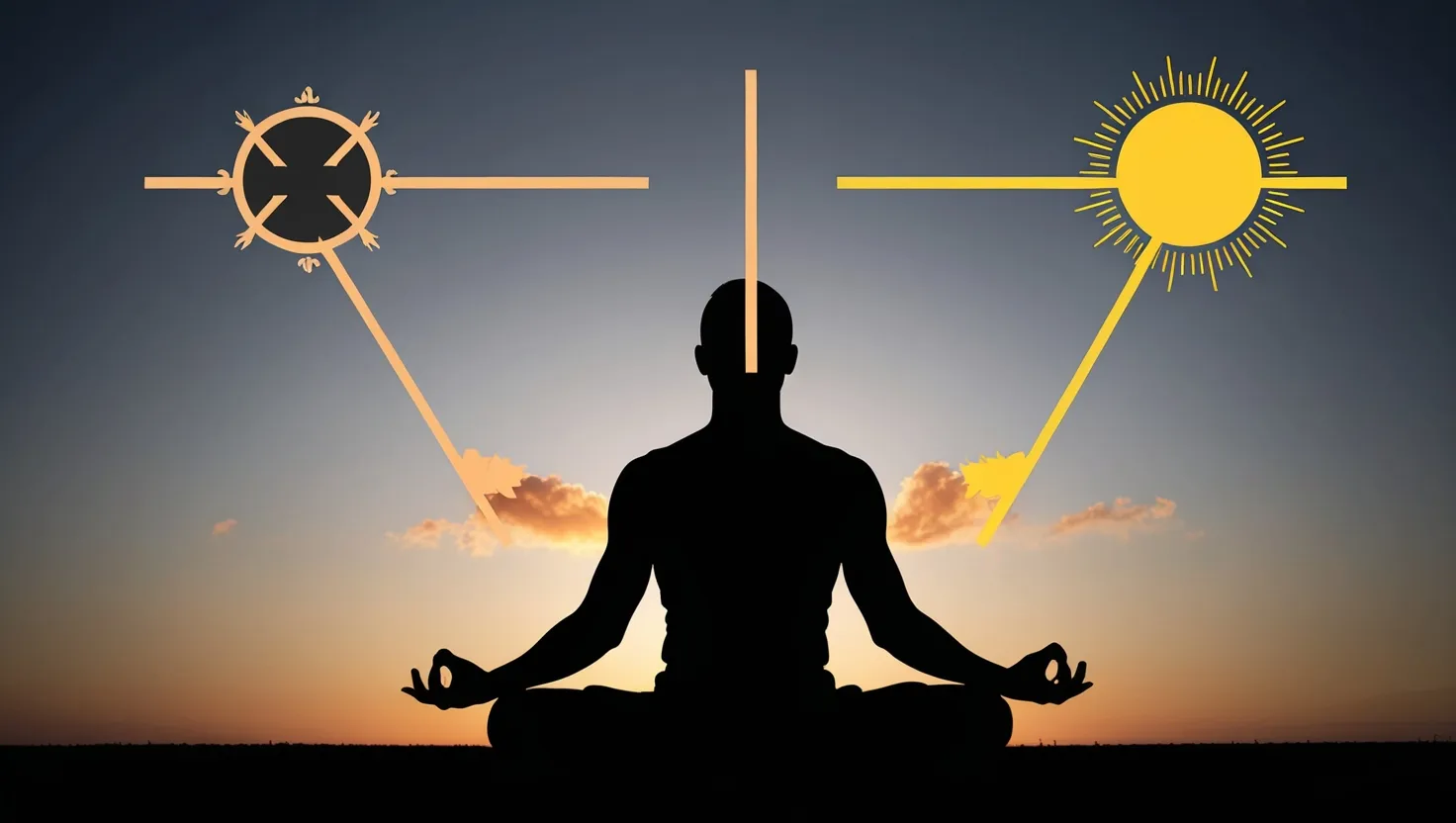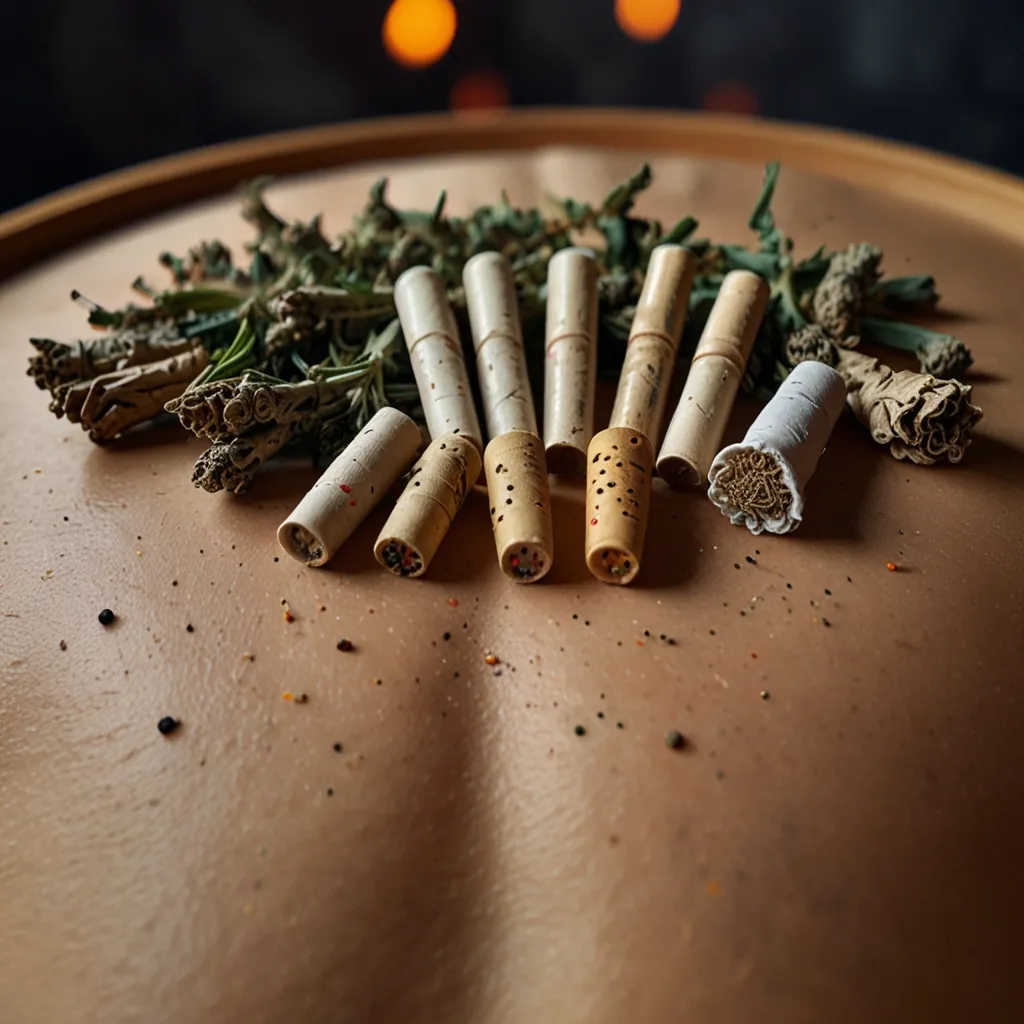5 Ancient Stoic Practices for Modern Stress Management
In our high-pressure modern world, the ancient wisdom of Stoicism offers refreshingly practical solutions for managing stress. These philosophers from over 2,000 years ago faced their own versions of daily challenges, yet developed mental frameworks that remain powerfully relevant today. Their approaches weren’t theoretical abstractions but practical tools for maintaining mental calm amid life’s storms.
“The chief task in life is simply this: to identify and separate matters so that I can say clearly to myself which are externals not under my control, and which have to do with the choices I actually control.”
The Stoic approach to stress differs fundamentally from many contemporary strategies. Rather than eliminating stressors, Stoics focused on changing their relationship with stress itself. As Marcus Aurelius noted in his private journals, stress was simply a fact of life—but feeling stressed was a choice. This perspective shift forms the foundation of Stoic stress management.
Have you ever noticed how your perception of a situation dramatically affects your stress levels? This insight forms the core of Stoic psychology. Dr. Cynthia Ackrill, an expert in stress reduction, explains that stress is fundamentally “your reaction to what you perceive is happening.” Our stress response activates when our perception doesn’t align with our expectations[4]. Stoicism provides tools to adjust those perceptions.
Let’s explore five powerful Stoic practices that can transform your relationship with stress:
Practice Negative Visualization
The Stoics developed a technique called “premeditatio malorum” (premeditation of evils) where they regularly imagined worst-case scenarios. This might sound counterintuitive—why deliberately think about negative outcomes? The answer reveals Stoic brilliance.
By mentally rehearsing difficult situations, you accomplish two important things. First, you reduce anxiety by removing the element of surprise from potential challenges. Second, you cultivate profound gratitude for what you currently have rather than taking it for granted[3].
Try this: Spend five minutes each morning contemplating potential challenges. What if you lose your job? What if your computer crashes before a deadline? What if a relationship ends? Mentally prepare for these scenarios. You’ll likely find that realistic preparation diminishes anxiety and helps you appreciate your current circumstances more deeply.
“He who fears death will never do anything worthy of a living man.”
This practice doesn’t foster pessimism but builds resilience. When you’ve mentally rehearsed difficulties, you’re less likely to be emotionally overwhelmed when challenges arise. You’ve already considered potential responses and built psychological preparation.
Distinguish Between Controllable and Uncontrollable Events
Perhaps the most famous Stoic teaching comes from Epictetus: focus exclusively on what lies within your control. The Stoics recognized that stress often comes from attempting to manage things beyond our influence while neglecting areas where we have genuine power[1].
Stoicism teaches the powerful art of letting go. Worrying about things outside your control wastes energy and creates unnecessary stress. Instead, Stoics direct their attention toward finding solutions rather than dwelling on problems themselves[4].
When facing a stressful situation, ask yourself: “What aspects can I influence?” Perhaps you can’t control a traffic jam, but you can control how you use that time. Maybe you can’t control a client’s decision, but you can control the quality of your presentation. This mental sorting reduces stress by narrowing your focus to actionable elements.
Do you find yourself frequently stressed about things you can’t change? How might redirecting that energy toward controllable factors transform your experience?
Implement the Pause Principle
Stoics understood that emotional reactions happen quickly, but thoughtful responses require space. When faced with provocation, they practiced pausing before reacting—creating a gap between stimulus and response.
“Between stimulus and response, there is a space. In that space is our power to choose our response.”
This practice proves invaluable in our hyper-connected world where immediate reactions are the norm. When emotions rise—whether from an inflammatory email, a challenging conversation, or disappointing news—take a deliberate pause. Even a few moments creates space for your rational mind to engage before responding[1].
The pause principle doesn’t suppress emotions but allows you to experience them without being controlled by them. You acknowledge the feeling without allowing it to dictate your actions. This mental discipline prevents stress from cascading through impulsive reactions that often make situations worse.
Conduct Evening Reflection
Seneca practiced daily self-examination before sleep, reviewing his actions, thoughts, and interactions. This evening reflection builds self-awareness and encourages continuous improvement[1].
Try ending each day with these simple questions:
- What did I do well today?
- Where could I improve?
- What lessons can I take forward?
This practice creates a regular checkpoint for personal growth and prevents stress from accumulating through unexamined patterns. By intentionally reviewing your responses to daily challenges, you build greater self-knowledge and improve your stress management skills over time.
“The happiness of your life depends upon the quality of your thoughts.”
Evening reflection also creates closure for the day, allowing you to process experiences rather than carrying them into sleep. This mental clearing often improves sleep quality—itself a crucial factor in stress resilience.
Embrace Voluntary Discomfort
The Stoics regularly practiced voluntary discomfort—temporarily denying themselves certain comforts to build mental toughness. Seneca, despite his wealth, occasionally lived as if he were poor. Others practiced enduring physical discomforts like cold or hunger.
This practice builds psychological resilience by demonstrating that you can handle discomfort better than you might expect. When you voluntarily experience mild hardships, you develop confidence in your ability to manage involuntary challenges[1].
Try introducing small, controlled discomforts into your routine: take a cold shower, fast for a meal, walk in inclement weather, or temporarily abstain from digital entertainment. These small exercises strengthen your mental muscles for facing larger stressors.
“If you are distressed by anything external, the pain is not due to the thing itself, but to your estimate of it; and this you have the power to revoke at any moment.”
Have you noticed how avoiding all discomfort can actually increase your sensitivity to stress? How might strategic exposure to minor difficulties build your resilience?
The Integrated Stoic Approach
These five practices work synergistically. Negative visualization prepares your mind for challenges. The controllable/uncontrollable distinction focuses your energy effectively. The pause principle prevents emotional escalation. Evening reflection builds self-awareness. Voluntary discomfort strengthens mental resilience.
Together, they form a comprehensive system for stress management that addresses stress at its psychological roots rather than merely treating symptoms. The Stoic approach doesn’t eliminate all stress—some stress is natural and even useful—but transforms your relationship with stressful experiences.
Modern research increasingly validates these ancient practices. Studies show that cognitive reframing (changing perceptions of stressors) significantly impacts stress responses. Mindfulness practices (similar to the Stoic pause) reduce stress hormones. Gratitude exercises (an outcome of negative visualization) improve psychological well-being[3].
“You have power over your mind - not outside events. Realize this, and you will find strength.”
The beauty of Stoic stress management lies in its accessibility. These practices require no special equipment, memberships, or expertise—just consistent application. They can be implemented during your normal day without adding time-consuming routines.
I find that incorporating even one Stoic practice makes a noticeable difference in my stress levels. Starting with the controllable/uncontrollable distinction often provides immediate relief by narrowing focus to actionable areas. From there, other practices can be gradually added as they resonate with your particular challenges.
What would change in your life if you viewed stress not as something to eliminate but as an opportunity to practice wisdom? How might these ancient techniques transform your modern experience?
The Stoics remind us that mental peace comes not from controlling external circumstances but from developing internal resources. Their practices offer time-tested methods for cultivating those resources—equipping us to face modern pressures with ancient wisdom.






